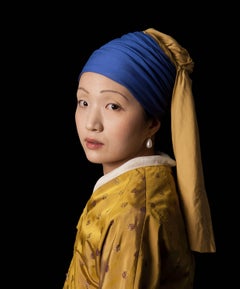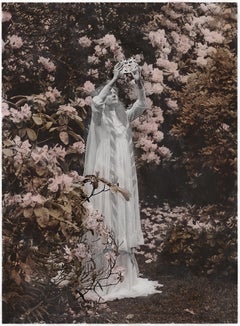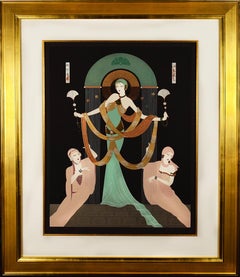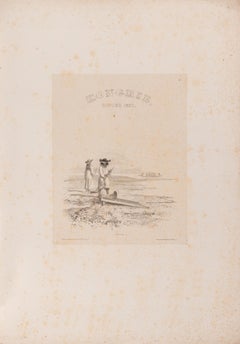Photography Figurative Prints
21st Century and Contemporary Contemporary Figurative Photography
Archival Pigment
1980s Contemporary Figurative Prints
Screen
2010s Romantic Color Photography
Photographic Film, Watercolor, Photographic Paper, Archival Pigment
Late 20th Century Figurative Prints
Color
18th Century Figurative Drawings and Watercolors
Watercolor, Mezzotint
1830s Modern Figurative Prints
Lithograph
2010s Street Art Figurative Prints
Spray Paint
Late 19th Century Figurative Prints
Paper
1940s American Modern Figurative Prints
Lithograph
1950s Modern Figurative Prints
Etching
1860s Impressionist Figurative Prints
Etching
1890s Art Nouveau Figurative Prints
Ink, Archival Paper
1980s Art Deco Figurative Prints
Lithograph, Screen
Early 2000s Contemporary Figurative Prints
Screen, Engraving, Aquatint
1970s American Impressionist Portrait Prints
Paper, Lithograph
Early 20th Century Art Nouveau Figurative Prints
Etching
Mid-20th Century Modern Figurative Prints
Etching
2010s Surrealist Figurative Prints
Paper, Color
21st Century and Contemporary Figurative Prints
Woodcut
1970s Surrealist Figurative Prints
Engraving, Paper
21st Century and Contemporary Figurative Prints
Etching
1960s Surrealist Figurative Prints
Etching
1950s Post-War Figurative Prints
Handmade Paper
1970s Art Nouveau Figurative Prints
Etching
1970s American Impressionist Portrait Prints
Paper, Lithograph
2010s Contemporary Figurative Prints
Pigment
Late 20th Century American Realist Figurative Prints
Aquatint
Mid-17th Century Old Masters Portrait Prints
Laid Paper, Engraving, Etching
1830s Modern Figurative Prints
Lithograph
Early 20th Century Modern Portrait Prints
Etching
Late 20th Century Art Deco Figurative Prints
Lithograph
1980s Surrealist Figurative Prints
Paper, Etching, Aquatint
Early 2000s Feminist Figurative Prints
Lithograph
1970s Contemporary Prints and Multiples
Paper, Screen
1970s Surrealist Figurative Prints
Etching
Early 20th Century Modern Portrait Prints
Lithograph
2010s Pop Art Portrait Prints
Giclée
21st Century and Contemporary Contemporary Color Photography
Archival Paper, Archival Pigment
1980s Contemporary Figurative Prints
Screen
1990s Contemporary Portrait Prints
Paper, Screen
1930s American Realist Portrait Prints
Offset
17th Century Old Masters Figurative Prints
Etching, Handmade Paper
1960s Modern Figurative Prints
Lithograph
21st Century and Contemporary Contemporary Figurative Sculptures
Archival Paper, Digital Pigment
2010s Surrealist Figurative Prints
Paper, Color
Mid-20th Century Modern Figurative Prints
Etching
1970s Contemporary Figurative Prints
Paper, Offset
Mid-20th Century American Realist Still-life Prints
Lithograph
1910s Figurative Prints
Etching
1950s Surrealist Figurative Prints
Silver Gelatin
Early 20th Century Modern Figurative Prints
Watercolor, Etching
2010s Contemporary Figurative Prints
Mixed Media, Screen
1960s Surrealist Figurative Prints
Paper, Etching
1860s Modern Figurative Prints
Etching
1960s Modern Figurative Prints
Etching
Late 20th Century Contemporary Figurative Prints
Paper, Lithograph
1990s Contemporary Portrait Prints
Lithograph
2010s Street Art Figurative Prints
Paper, Screen
Late 17th Century Old Masters Figurative Prints
Etching
Late 19th Century American Modern Figurative Prints
Lithograph





